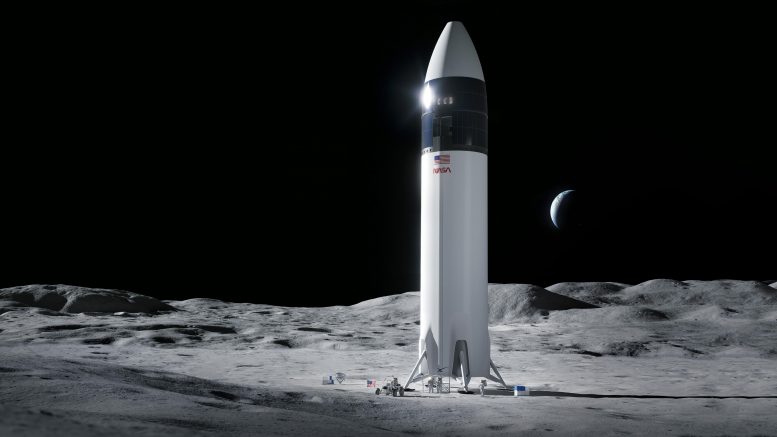
Illustration of SpaceX Starship human lander design that will carry the first NASA astronauts to the surface of the Moon under the Artemis program. Credit: SpaceX
NASA and SpaceX are collaborating on the Starship Human Landing System for lunar missions. After successful engine tests under extreme conditions, the next step is an integrated flight test of Starship and Super Heavy.
NASA is working with SpaceX to develop its Starship human landing system (HLS) for use during the Artemis III and Artemis IV missions to land American astronauts near the South Pole of the Moon. The Starship HLS will be powered by two variants of the company’s Raptor engines—one optimized to operate in atmospheric pressure at sea-level and one optimized to operate in space, or in a vacuum, where there is no atmosphere.
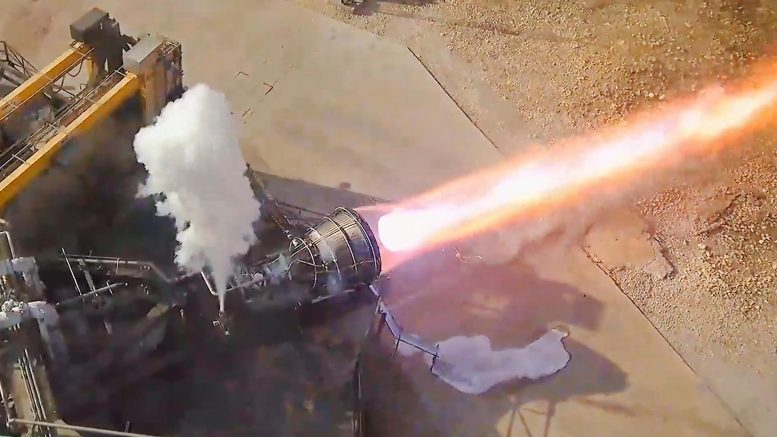
Test of a Raptor Vacuum engine chilled to mimic conditions after a long coast period in space. Credit: SpaceX
Last month, SpaceX demonstrated a vacuum-optimized Raptor’s performance through a test that successfully confirmed the engine can be started in the extreme cold conditions resulting from extended time in space. One challenge that differentiates Artemis missions from those in low Earth orbit is that the landers may sit in space without firing for an extended period of time, causing the temperature of the hardware to drop to a level below what they would experience on a much shorter low Earth orbit mission.
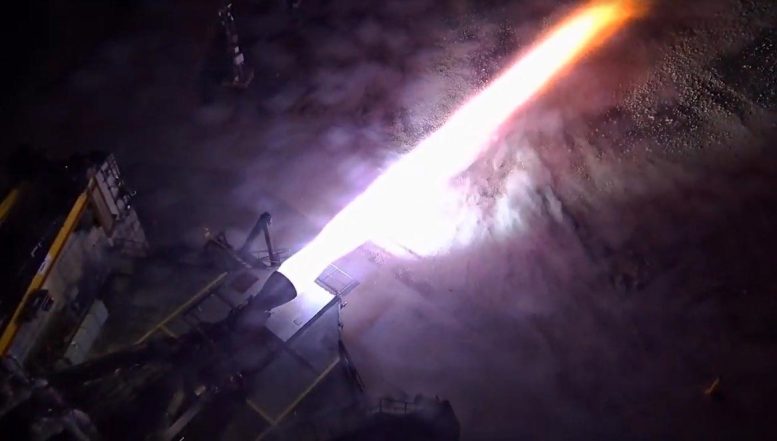
The 281-second throttle test demonstrated the engine’s ability to meet the demands of a descent burn to the lunar surface. Credit: SpaceX
One of the first testing milestones SpaceX completed under its Artemis III contract in November 2021 was also an engine test, demonstrating Raptor’s capability to perform a critical phase of landing on the Moon. In a 281-second-long test firing, Raptor demonstrated the powered descent portion of the mission, when the Starship HLS leaves its orbit over the lunar surface and begins its descent to the Moon’s surface to land. The test had two goals: to show Raptor’s ability to change the level of engine power over time, known as its throttle profile, and for the engine to burn the full length of time of the powered descent phase. The successful test provided NASA with early confidence in the company’s engine development.
Test of a Raptor Vacuum engine chilled to mimic conditions after a long coast period in space pic.twitter.com/o3kGEf9UtI
— SpaceX (@SpaceX) September 14, 2023
Testing critical technologies and hardware under simulated and actual flight conditions is key for the development of Artemis Moon landers. These tests provide early and mission-like validation of the systems necessary for carrying astronauts to and from the lunar surface. Data reviews following these tests provide NASA with continually increasing confidence in U.S. industry’s readiness for the mission. SpaceX’s Raptor engines will next be put to the test during the company’s second integrated flight test of Starship and Super Heavy.


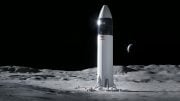
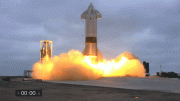
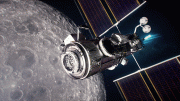
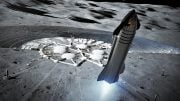
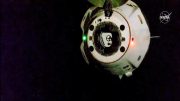


Does SpaceX have any plans to be able to replace Raptor engines while in orbit?